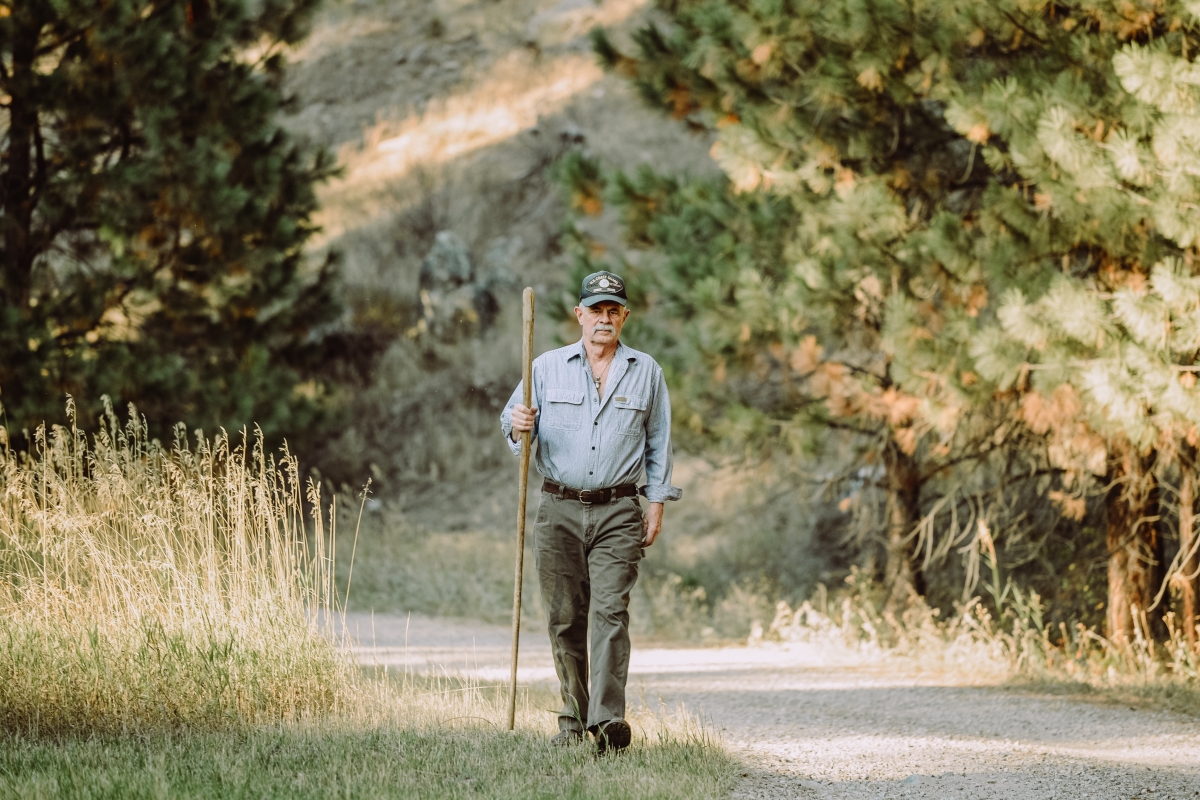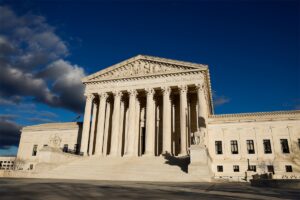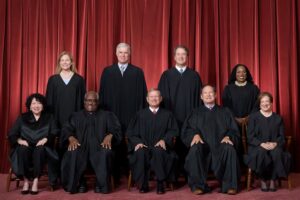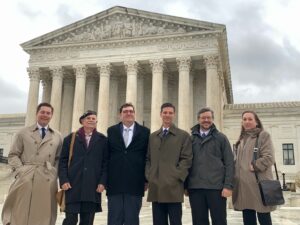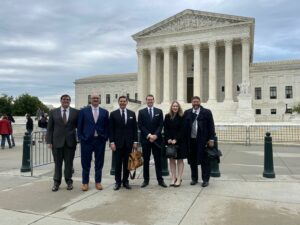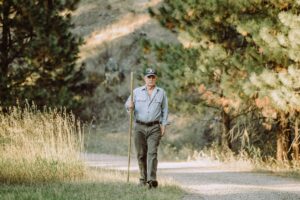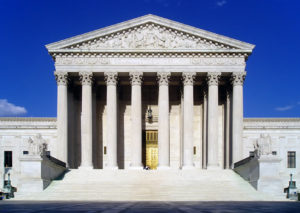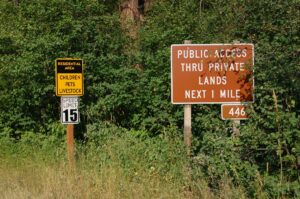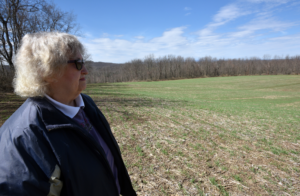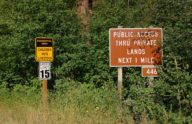CASE RESOURCES
- Photo Library
- FAQ
- Watch: The Story of Wil Wilkins, a Mountain Man with True Grit and a Heart for Justice
- Watch: What’s At Stake: Wilkins v. USA
- Watch: The Future of Private Property Regulation in America
- Amicus brief: National Federation of Independent Businesses
- Amicus brief: Local government organizations
- Pacific Legal Foundation’s track record at the Supreme Court
CASE STORY
Larry “Wil” Wilkins is a stonemason, timber framer, and blacksmith who creates popular pieces for interior decorating. Jane Stanton is a retiree who lives across the street from Wil. In addition to being neighbors right next to the Bitterroot National Forest in Montana, they’re partners in a lawsuit against the federal government.
At issue is a road going through both properties. Previous owners and the U.S. Forest Service in 1962 negotiated a limited-use easement for the express purpose of timber harvesting in the National Forest. The general public was never supposed to use the road.
In 2006, however, the Forest Service posted a sign along the road—known as Robbins Gulch Road—advertising the road as public access to the National Forest. This, despite the fact that there’s a wider, better-maintained road to the same part of the forest just a few miles from Wil and Jane’s property. Nevertheless, the Forest Service allowed the public to started using the road. As public use increased, so did serious traffic hazards and speeding, as well as intrusive and disrespectful activity such as fire threats, trespassing, noise, verbal abuse, and illegal hunting. Wil’s cat was shot by such a trespasser (the cat recovered).
The public’s road usage is a particular burden for Wil, a military veteran who needs his property’s prior peace and quiet to help him cope with his PTSD.
The broader problem is even worse. When Wil questioned the Forest Service, agents assured him that his original easement was intact, and that everything would be worked out later in a new Travel Management Plan. Eight years of bureaucracy later, the Forest Service finalized the road’s status as open to the public.
By deciding decades after the fact that the easement should be for public access, the Forest Service is trying to gain a better easement than it agreed to—at the expense of Wil and Jane’s private property rights. But when they tried to sue, a federal court took the government’s word that the statute of limitations had expired. The neighbors disputed the government’s claim that they were too late to sue, but the court wouldn’t hear that testimony or consider the merits of the case.
Unlike other constitutional rights, the government can throw up such legal hurdles to prevent a property rights case from being heard in court. That is, courts essentially treat property rights as “second-class” rights compared to other constitutional protections such as free speech and fair trials.
Courts, however, should treat disputes between private property owners and the government the same as disputes between private parties. Represented free of charge by PLF, Wil and Jane asked the Supreme Court to open courtroom doors for them to exercise their right to a full-throated defense of their property rights and elevate these rights to their proper constitutional status.
In March 2023, the Supreme Court sided with Wil and Jane, affirming that the government cannot manipulate procedural rules to prevent property owners from defending their constitutional rights. Wil and Jane can now argue their case in court.
What’s At Stake?
- Government can’t unilaterally change the terms of a public access agreement with private property owners to take more of their property than what was agreed to.
- Property owners should have their disputes with the government heard in court, as Congress intended when it passed the Quiet Title Act. The U.S. Forest Service can’t contort the Act to get away with taking property.


